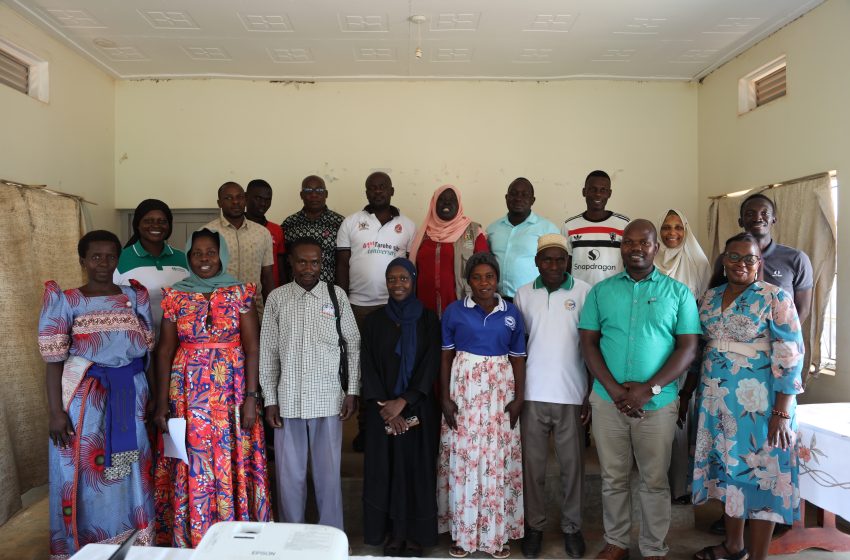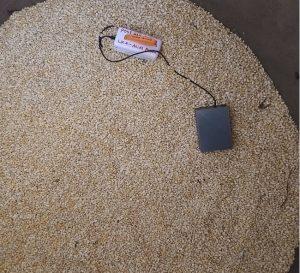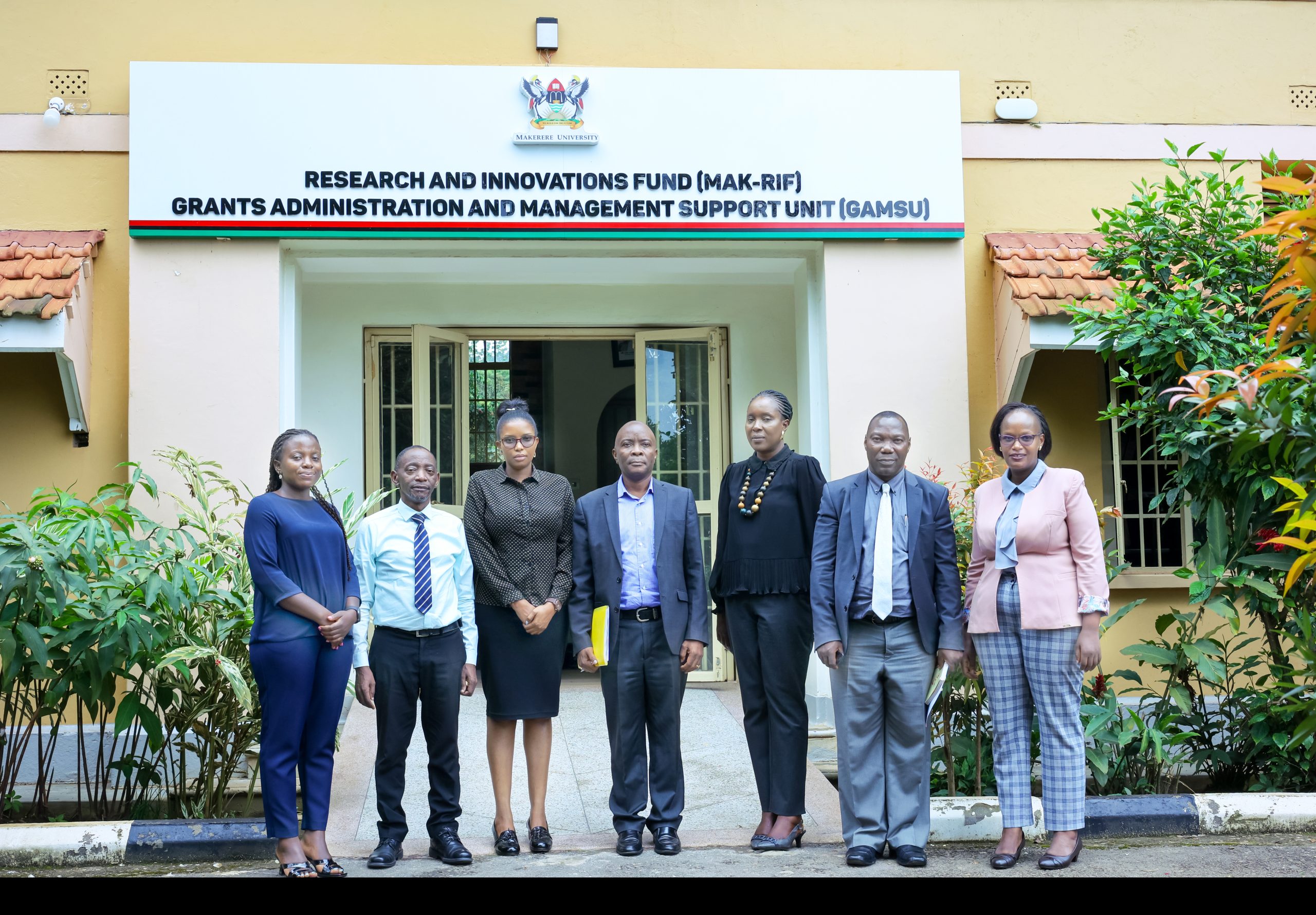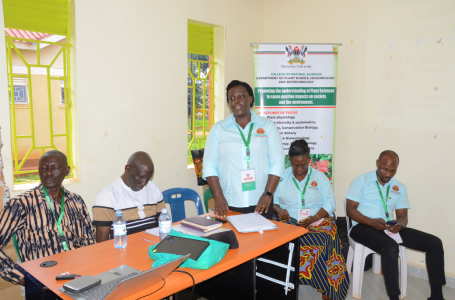Researchers Develop Technonoly to Reduce Post-Harvest Losses

In 2023, the World Bank Group reported that food insecurity is a significant challenge, aggravated by substantial post harvest losses. Uganda experiences crop harvest losses of up to 22% due to inadequate and poor storage facilities, transportation challenges, and poor post harvest handling practices which contribute to 62% food insecurity in Uganda.
Against this background, researchers at the School of Computing and Informatics Technology, College of Computing and Information Sciences at Makerere University implemented a project to bridge the food security gap. The researchers, led by Dr. Hawa Nyende, designed an Internet of Things (IoT) enabled monitoring system for tracking and controlling post harvest handling of cereals in Uganda. The IoT-based monitoring system tracks key environmental parameters including temperature, humidity, carbondioxide, and dust levels within ceral storage facilities in the districts of Lira and Luwero.
Speaking at the project’s dissemination workshop on 25th July 2025 in Zirobwe Town Council, Luwero district, Dr. Nyende, the Principal Investigator noted that, “the real time data generated by the system supports farmers, extension workers, and traders to make informed decisions to enhance storage practices, reduce post harvest losses, and ultimately contribute to improved food security.
The District Production Officer for Luwero District, Dr. Andrew Kidda Makubuya, thanked the project team for choosing Zirobwe as one of the project implementation areas and added that one of the key aspects of food security is the safety of the food.
During the project implementation, researchers found that over 94% of traders and over 85% of farmers store cereal in bags and in sacks respectively and that only 34% of farmers and traders are aware of storage technology. Researchers called for the promotion of IoT system adoption and training of farmers on IoT usage. They argued that in return, this will reduce post harvest losses, stabilize market supply, encourage evidence based storage practices, and improve inventory management.
“The integration of IoT technology into cereal storage facilities presents a practical and transformaative opportunity for farmers, traders, and extension workers in Uganda. By adopting IoT real time monitoring systems, communities can significantly reduce post harvest losses, ensure consistent grain quality, and enhance food security,” said Dr. Nyende.




